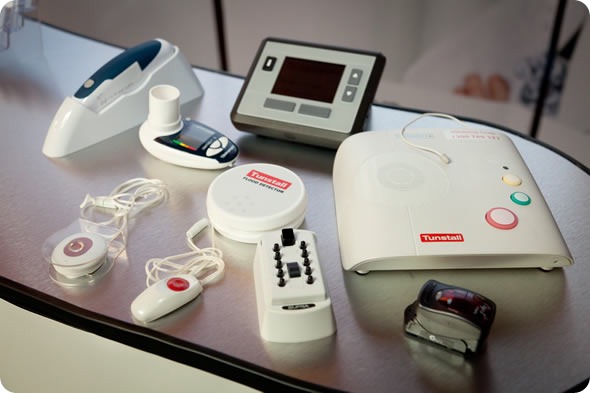Mar 14 2011
At the Innovations in Health and Community Care Forum at Old Parliament House on Thursday 3 March, leading health academics and professionals presented compelling arguments supporting the need for integrating assistive technology into health and community models of care.
The forum was organised by aged care resource provider Community Resourcing World Wide, service provider Feros Care and assistive technology provider Tunstall Healthcare, who are all actively involved in the implementation of smart technology into Australia’s health care system.
All speakers pointed out the absence of assistive technology in the recently released Productivity Commissions Draft Report ‘Caring for Older Australians’ and the need to include firm recommendations on the government support for research, trial, implementation and mainstreaming of enabling technologies to support the new models of service delivery to keep seniors living independently at home.
Professor Greg Tegart, (Australian Academy of Technological Sciences and Engineering) discussed available technologies and how they can be used to improve safety, security, diagnosis, quality of life, and assist older people to stay in their own home for longer.
Dr Kim Sweeny (Researcher, Centre for Strategic Economic Studies, Victoria University) discussed the economic benefits of investing in smart technologies to enable more Australians to remain at home in their older years.
Dr Sweeny also discussed how smart technology is being used overseas and the experiences that are relevant to its adoption in Australia.
Jennene Buckley (Chief Executive of Feros Care), presented findings from the pilot project conducted by Feros Care, researching the benefits of using telecare and telehealth technology as a new model for more effectively caring for and managing the health needs of over 65s.
Jennene was happy with how the information was received by the audience of representatives from leading government, health and community care organisations.
“Telehealthcare provides an avenue for improving the lives of our ageing population in a cost effective way”, Ms Buckley said.
“At Feros Care we have seen first hand how telehealthcare can be incorporated to improve the health of older Australians and offer greater support to them and their carers”.
With Australia’s ageing crisis, organisers Community Resourcing World Wide, Feros Care and Tunstall, had hoped for greater interest from health, technology and innovation ministers, but believe that the parties attending were still very influential.
Internationally assistive technology is widely integrated into health and community care systems because of its ability to provide improved security, independence, support and health outcomes in a more cost effective manner.
Organisers and speakers at the event advocated the need for Australia to change the way it supports older Australian’s and believe that telehealthcare is the solution to more effectively and sustainably care for older Australians.
The speakers called for government and industry stakeholders to start the telehealthcare conversation now in preparation for the influx of older Australian’s looming in the not too distance future.